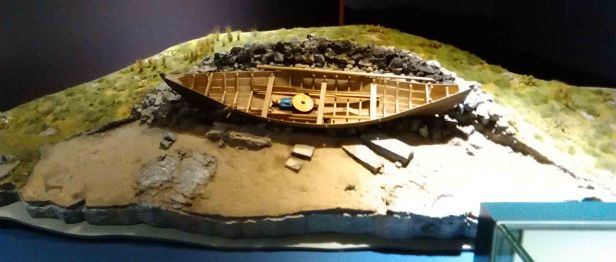
I have been so in awe of this site-visit I haven’t mustered the confidence to blog about it yet. Back in May, I had the privilege to visit the Isle of Man for the first time on University of Chester business. I got to briefly look around the Manx Museum in Douglas, to explore a few of its many fabulous ancient and historic monuments, and also to meet and chat with some friendly and supportive archaeological major celebrities. In this post, I wish to present the well-known site of Chapel Hill, Balladoole, a site protected by Manx National Heritage.
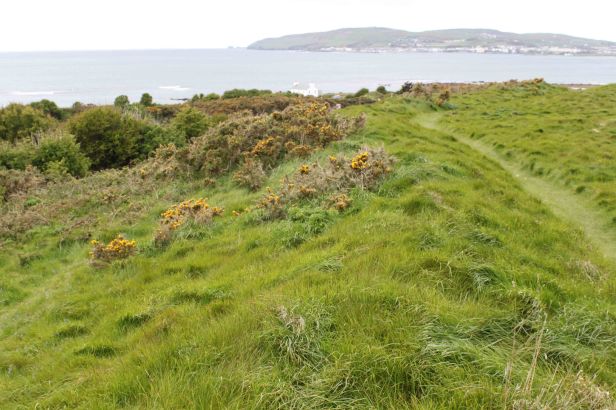
Situated close to the very south of the Isle between Castletown to its east and Port St Mary and Port Erin to its west, this modest hill with views out to sea has produced many archaeological finds. It is the site of Bronze Age burials, an Iron Age hillfort reused as an early medieval burial ground and chapel site. The early Christian cist-graves date to before the ninth or tenth century (they were overlain and cut by the Viking boat-grave) and an early Christian keeill is dated to around the tenth or eleventh century. There is a small area for visitor parking and a short walk up to the hill to see the hillfort ramparts, Bronze Age cist and the keeill are displayed in traditional low-tech fashion with superb antiquated metal signs.
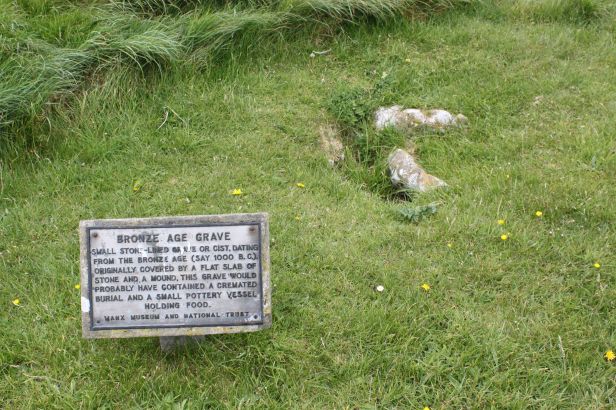
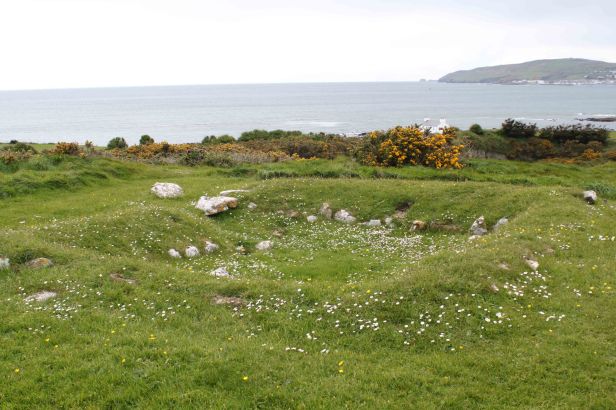
The Viking Burial
The most famous archaeological feature on the site is also visible for the modern visitor. Is is a late ninth/early tenth-century boat-grave excavated in 1945 by Gerhard Bersu and published in 1966 by Sir David Wilson.
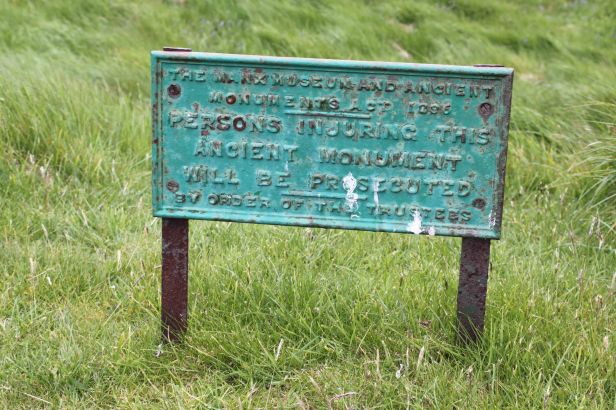
The clinker-built boat c. 11m long containing the burial of an adult male with grave-goods including a shield boss, horse bridle and stirrups, knives, strike-a-light and a whetstone. There was also evidence of animal sacrifice and the possibility has been raised that a female burial from the boat was a sacrifice too. When the boat-grave was constructed, it cut through the west-east orientated cist-graves and disturbed some of them, prompting debate regarding whether this is evidence of accommodation between Christian natives and incoming Norse elites or alternatively the supplanting and deliberate slighting of the earlier graves.
A valuable introduction to the Viking furnished graves on the Isle of Man has been written by Leszek Gardela in a new popular book edited by him with Carolyn Larrington: Viking Myths and Rituals on the Isle of Man but Leszek focuses on two other graves from Ballateare and Peel. The boat-grave is widely discussed by archaeologists and you can see displays about it with its finds in the Manx Museum in Douglas.
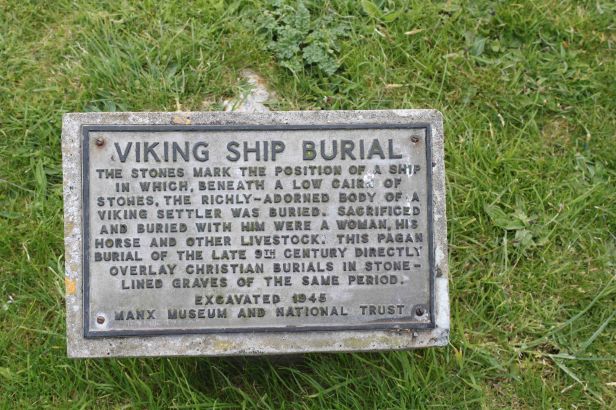
Reflecting on Death and Memory
This was a special visit for me. In my 2006 book Death and Memory in Early Medieval Britain I discussed the Balladoole burial as evidence of the mnemonic importance of the sequence of ritual actions involved in the boat-grave funeral. I wrote this coterminous with having excavated a Viking boat-grave with Martin Rundkvist, students and local volunteers, at Skamby in southern Sweden in the summer of 2005.

I have subsequently published a series of discussions of rich Viking boat-graves as studies in themselves and as counterpoints to debates regarding furnished burials found elsewhere and at other times in the Early Middle Ages. My point about Balladoole was to regard it less as a ‘burial’ (implying a single moment in time and a single ‘act) but as a technology of remembrance involving the sequence of displays and consignments involving bodies, material culture and monument-building. This kind of approach is not exclusively mine: it has been considered and developed by others and is evident in the recent chapter on Manx burials by Gardela, which is accompanied by two fabulous reconstructions of the graves from Ballateare and Peel. Anyway, looking back at what I said, I do think it adds to the debate, and still has pertinence 8 years later for how we approach furnished burial in the early medieval world.
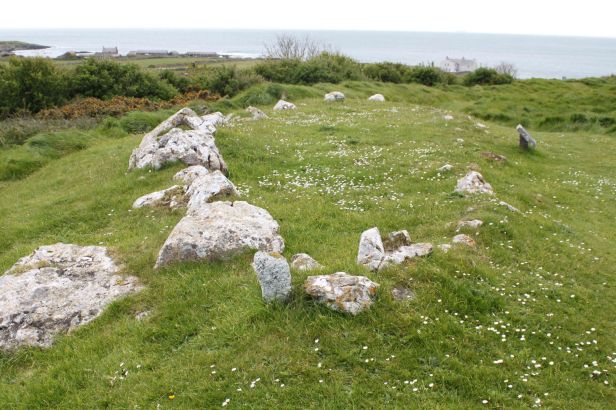
Reflecting on Balladoole
However, I do think there is more to say about Balladoole. Having visited the site and considered its topography, I do think there is more to be explored about this fascinating site and its landscape than is evident in its published literature.
I do not want to go on record with these ideas here, since I need to appraise the literature properly and decide whether my observations compare or differ from those of others. However, for me, I will say that I don’t think the relationship of the boat-grave with the hillfort and the early Christian graves has been adequately interpreted, nor do I see its maritime and territorial context in the same fashion as that designated in the published literature. I am hoping to revisit the interpretation of this site in the future.
I was also impressed by the antique heritage signs: a key dimension to the site in itself worthy of attention regarding how mortuary landscapes are presented to the public.
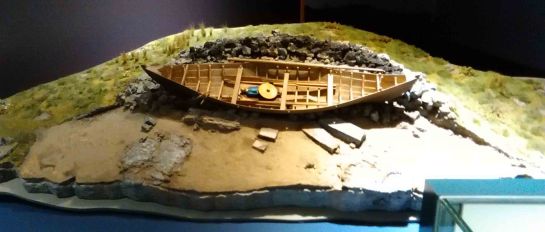
Reblogged this on Die Goldene Landschaft.
I am R-S3201 haplogroup too.
He was my forefather.
I share paternal line with him also.
Are there any correct drawings and measurements of the ship? Or any drawings at all. Thanks.